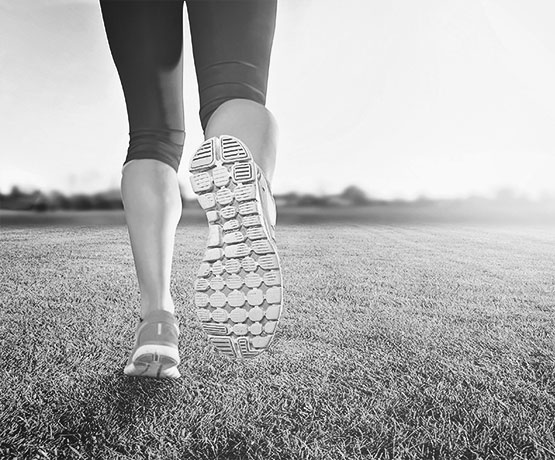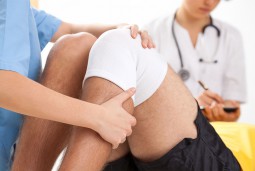De Quervains tenosynovitis a condition causing pain in the tendons on the thumb side of the wrist. In patients suffering from this condition, the sheath that holds the tendon in place along the thumb becomes thickened and inflamed, preventing smooth, fluid movement of the tendon and causing pain. Physical strain or repetitive wrist movement can worsen the condition as well as the pain.
Signs and Symptoms of de Quervains Tenosynovitis
At first onset of the condition, symptoms may be mild, but as the condition continues without medical intervention, symptoms tend to become more severe over time. The most common symptoms include:
- Pain and swelling near the base of the thumb
- Decreased mobility of the thumb while pinching or grasping
- A catching feeling when trying to move the thumb
- Pain that spreads from the base of the thumb into the forearm
Pain increases during periods of active movement and when performing weight-bearing activities.
What Causes de Quervain’s Tenosynovitis?
The most common cause of de Quervain’s Tenosynovitis is chronic, repetitive use of the wrist, but it can also be caused by a wrist injury or inflammatory diseases like rheumatoid arthritis. Women are more likely to suffer from de Quervain’s tenosynovitis than men, and those between thirty and fifty are at highest risk.
Diagnosis of de Quervain’s Tenosynovitis
When over-the-counter anti-inflammatory medications and pain-relievers do not relieve the pain or when movement is limited, medical treatment should be sought. The first step in seeking treatment is scheduling an appointment with a primary care provider. He or she will use information obtained through patient interview and physical examination to determine whether treatment from a specialist is recommended.
No x-rays or laboratory tests are needed to diagnose de Quervain’s tenosynovitis.
Medicinal Treatment
De Quervain’s tenosynovitis can be treated using medications, physical therapy, or surgery. Medications that can be used to reduce swelling and pain include anti-inflammatories like Advil or Aleve. Sometimes, corticosteroids may be injected into the irritated tendon sheath to reduce inflammation and allow the tendon to move more freely within the sheath.
Physical Therapy
Physical therapy may be used before, in place of, or after surgery depending on the severity of the case and may include immobilization of the wrist and thumb to promote healing as well as icing to reduce inflammation. A physical therapist can also provide active and passive range of motion exercises to help you strengthen your muscles and improve mobility and function.
Surgical Treatment
Some cases can be treated using medications and physical therapy. In these cases, surgical intervention may be indicated. During surgery for de Quervain’s tenosynovitis, the treatment area is numbed and then a very small incision is made to provide the surgeon access to the affected tendon sheath. The tendon sheath is cut to release pressure, and when it heals, it heals with more room.
Once you have been diagnosed with de Quervain’s tenosynovitis, it’s important to protect the condition from worsening by limiting repetitive wrist movement, following your doctor’s recommended course of treatment, and preventing strain on the wrist whenever possible.



